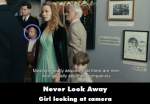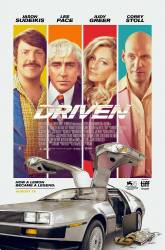
Factual error: Second scene, caption says "1977 southern California" but she's driving a white 90's Oldsmobile Cutlass Ciera Fwd station wagon.

Deliberate mistake: For dramatic purposes, the crew is shown surviving for several days. The investigators found evidence that the fire in the compartment occurred around six hours after the Kursk sank, and that the survivors had died before the first rescue attempt took place. They wouldn't have been saved even if the multinational team had been called in sooner.
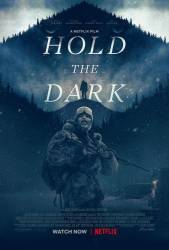
Continuity mistake: Jeffrey downs all his whiskey, but in the following shot his glass is still half empty. (01:35:50)
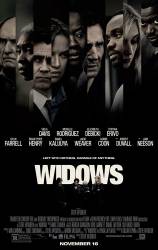
Continuity mistake: In Alice's apartment the clock on the wall has the time as 8:40 when she is standing and kissing David. They have sex and Veronica comes over. Alice and Veronica talk and the clock still shows 8:40. (01:20:00)
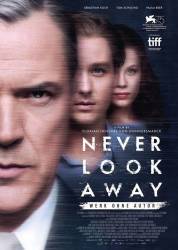
Revealing mistake: When Kurt and Elisabeth are looking at the painting of the Third Reich caricatures, in the shot focusing on them, a little girl in the background can be seen glancing at the camera. (00:01:45)

Character mistake: Immediately after the crash, when Reeves is carrying his youngest child Sophie, the actress opens up her mouth, even though she has already drowned. (00:14:43)

Continuity mistake: Violet's mom is hot combing her hair at 5 AM; as she performs this operation on the left side, the right side has straight black hair all in front of the shoulder. When Violet tells her that dad is coming, she moves to the right side. Sanaa Lathan's hair now is suddenly all behind the shoulder. (00:05:20)
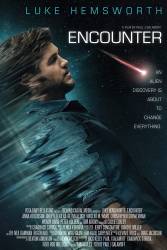
Factual error: Three men are having beer one night in the woods. One man says he has a picture of a girl he took the previous Tuesday. When he goes to get the picture (which would be on his phone), he complains that he can't show it because there is no signal reception. You don't need a signal to show a photo you took on your phone. (00:07:10)
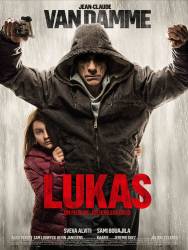
Continuity mistake: When Lukas is looking in the bathroom mirror, the upper half of his laceration looks about three times the width of the lower half. When he exits the bathroom, the laceration looks like one line with the same width. (00:15:45)

Continuity mistake: When the police knocks at the door of Simon's trailer, Jean-Hugues Anglade 's arm changes position between shots as he talks to his daughter.
